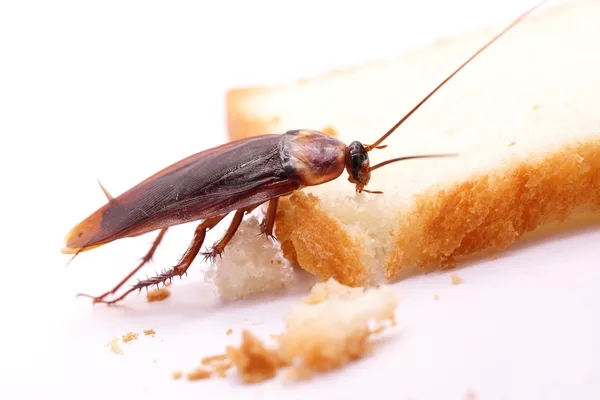Pest Control during COVID-19: What the Food Industry Needs to Know

The coronavirus disease (COVID-19) health crisis has forced businesses to make critical operational changes for the safety of their customers and staff. While some businesses may have closed their doors temporarily, many food processing and service-oriented facilities continue to work with limited crews to keep up with the increasing demand for food. With less foot traffic, however, pests have been able to roam unfettered in search of food, entering buildings and creating additional challenges for businesses.
While there is no evidence that COVID-19 can be transmitted through food or pests, according to the U.S. Centers for Disease Control and Prevention, pests are capable of contaminating food and transmitting other deadly diseases to humans. Rodents for example, contaminate or consume about 20 percent of the world’s food supply and spread diseases such as Salmonella and hantavirus. To prevent an infestation from taking hold while operations are impacted by COVID-19, facility managers must make proactive pest control a priority—here’s how:
• Perform regular inspections inside and out
Knowing where to look and what to look for can help mitigate a pest issue before it gets worse. Look for signs of a rodent infestation such as live or dead rodents, nests, as well as gnaw and rub marks. Pay extra attention to kitchens and bathrooms for signs of a cockroach infestation, like droppings or eggs, as these areas are particularly attractive to cockroaches. Also, carefully inspect storage areas where materials may be packed close together providing cover for pests. Outside of the facility, be sure to clear any vegetation that’s grown close to the building, as this can attract also insects and rodents. Finally, scrutinize any shipments for pests before bringing packages and deliveries inside.
• Remove any potential food sources regularly
Pests like rodents and cockroaches are attracted to food processing and service facilities where food is in abundance. It’s important to discard any food that is expired, left uncovered, or shows signs of infiltration, and to store any usable food items in sealed containers. Also, be sure to keep trash receptacles closed, regularly remove garbage from inside and outside the facility, and thoroughly clean all high-traffic areas.
• Reduce pest entryways
The best way to prevent an infestation is to prevent pests from gaining access to a structure in the first place. Mice can fit through holes the size of a dime and rats a hole as small as a quarter, so make sure to seal any cracks or gaps on the outside of the building with an appropriate sealant, paying extra attention to where utilities enter. It’s also advised to screen all vents, doors, and windows, and to install door sweeps to prevent pests from entering through the gap between the door and the floor.
• Partner with a licensed professional pest control company
Working with a licensed pest control company can help make a facility manager’s life infinitely easier. They’ll be able to help implement an Integrated Pest Management plan, which is a holistic and customized approach to pest control that is comprised of inspection, identification, and treatment to help keep commercial facilities clean, compliant, and profitable.
Despite the unconventional ways in which businesses are currently operating, there are tried and true steps facility managers can take to ensure the safety of employees and customers alike. By inspecting high-traffic areas, removing food sources, sealing entryways, and partnering with a licensed professional pest control company, businesses will be better equipped to protect the nation’s food supply from the threats posed by pests.
Brittany Campbell, Ph.D., is a staff entomologist and research scientist for the National Pest Management Association.
Looking for quick answers on food safety topics?
Try Ask FSM, our new smart AI search tool.
Ask FSM →






.webp?t=1721343192)

